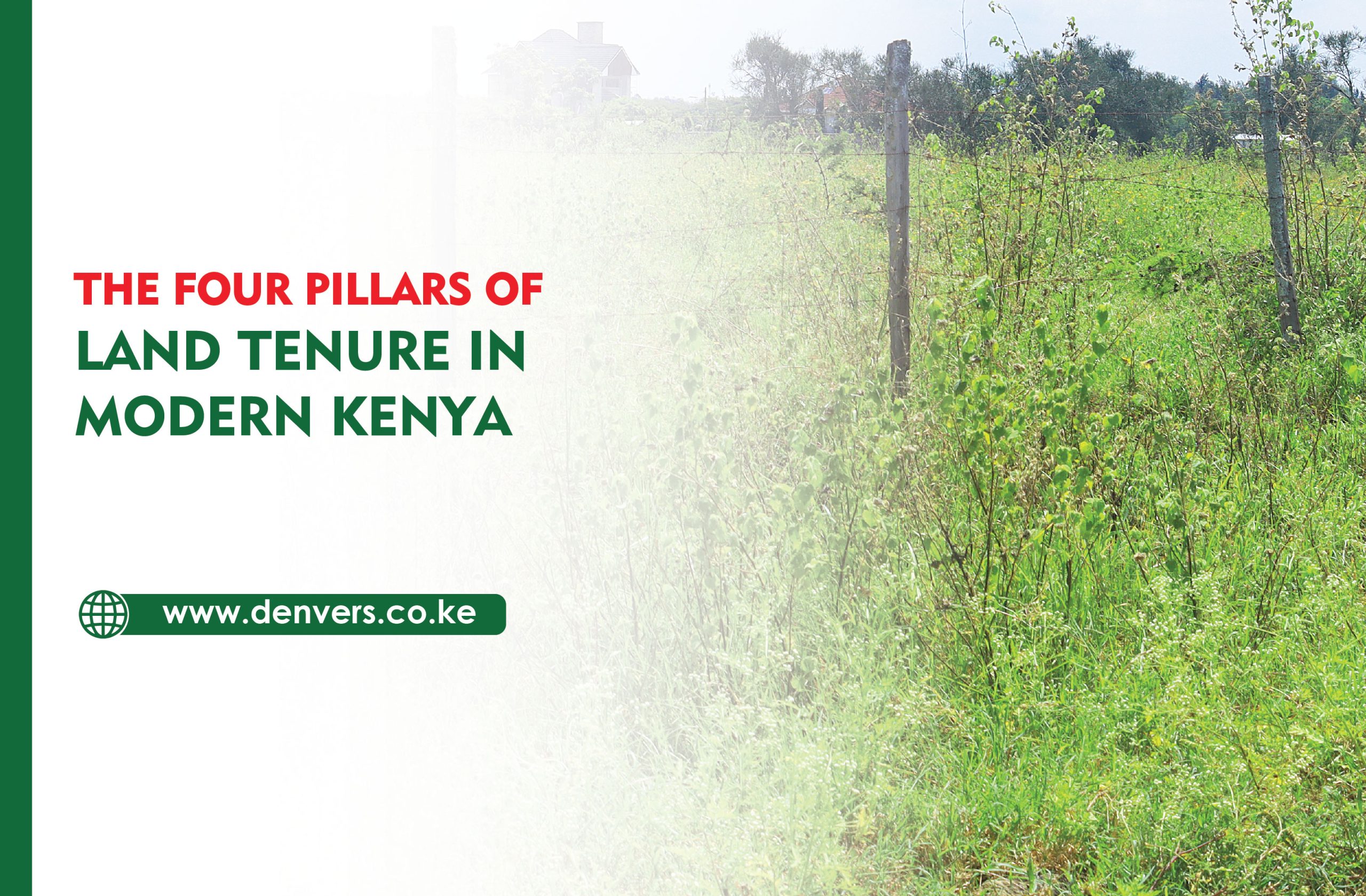A Mosaic of Ownership: Unveiling the Land Tenure System in Kenya
Land ownership in Kenya forms the bedrock of its social, economic, and cultural fabric. Understanding the intricate tapestry of the country’s land tenure system is crucial for navigating property rights, fostering sustainable development, and addressing historical inequalities. This in-depth exploration delves into the land tenure system in Kenya, its historical evolution, and ongoing efforts towards a more equitable and inclusive system.
The Historical Landscape: From Colonial Roots to Modern Reforms
Kenya’s land tenure system carries the legacy of its colonial past. The British East Africa Protectorate, established in 1895, laid the foundation for the current system:
- Crown Lands: Vast swathes of land were designated as government property, managed by the colonial administration.
- Native Reserves: Limited areas were allocated to indigenous communities for communal use.
- Trust Lands: Land held in trust by the government on behalf of specific communities, often located in arid and semi-arid regions.
The Post-Independence Evolution: Towards a More Inclusive System

Following independence in 1963, efforts were made to address the inequities of the colonial system:
- The Land Titling Programme: Aimed to convert customary land rights into individual ownership through the issuance of title deeds.
- The Land Act (1963): Established a framework for land registration and administration.
- The Group Ranches Act (1964): Formalized the concept of group ownership for communal land in pastoralist areas.
The Four Pillars of Land Tenure in Modern Kenya

The current land tenure system in Kenya is characterized by four main categories:
- Public Land: Encompasses government-owned land, including national parks, forests, and public infrastructure.
- Community Land: Land held communally by indigenous groups or specific communities, governed by customary laws and traditions.
- Private Land: Land owned by individuals or private entities with registered title deeds, allowing for individual development and investment.
- Trust Land: Land managed by county governments on behalf of communities, primarily in arid and semi-arid areas.
Challenges and Considerations in the Modern System Land Tenure System in Kenya

Despite reforms, Kenya’s land tenure system faces ongoing challenges:
- Historical Inequalities: Land dispossession during the colonial era continues to cast a shadow, with some communities struggling to reclaim ancestral lands.
- Gender Disparity: Women face cultural and legal hurdles in accessing and owning land, hindering their economic empowerment.
- Urbanization and Land Scarcity: Rapid urbanization puts pressure on land availability, leading to conflicts and speculation.
- Informal Settlements: A significant portion of the urban population resides in informal settlements, lacking secure land tenure and basic amenities.
Looking Forward: Towards a More Equitable System
The Kenyan government is actively pursuing reforms to address these challenges:
- The National Land Policy (2009): Advocates for equitable access to land, recognizing the rights of marginalized communities.
- The Land Registration Act (2012): Streamlines the land registration process and promotes transparency.
- The Constitution of Kenya (2010): Guarantees equal rights for all regarding land ownership, including women.
The Role of Technology and Public Participation
Technology plays a crucial role in enhancing transparency and efficiency:
- Digitization of Land Records: Transitioning from manual to digital records reduces the risk of fraud and simplifies access to land information.
- Public Awareness Campaigns: Educating citizens on their land rights and the legal framework empowers them to participate actively in the land tenure system.
Conclusion: A System in Transition
Kenya’s land tenure system is a complex and evolving entity, shaped by historical legacies and ongoing reforms. Understanding the different categories, challenges, and ongoing efforts paves the way for a more equitable and inclusive system that fosters sustainable development and empowers all Kenyans to access and utilize land effectively.

